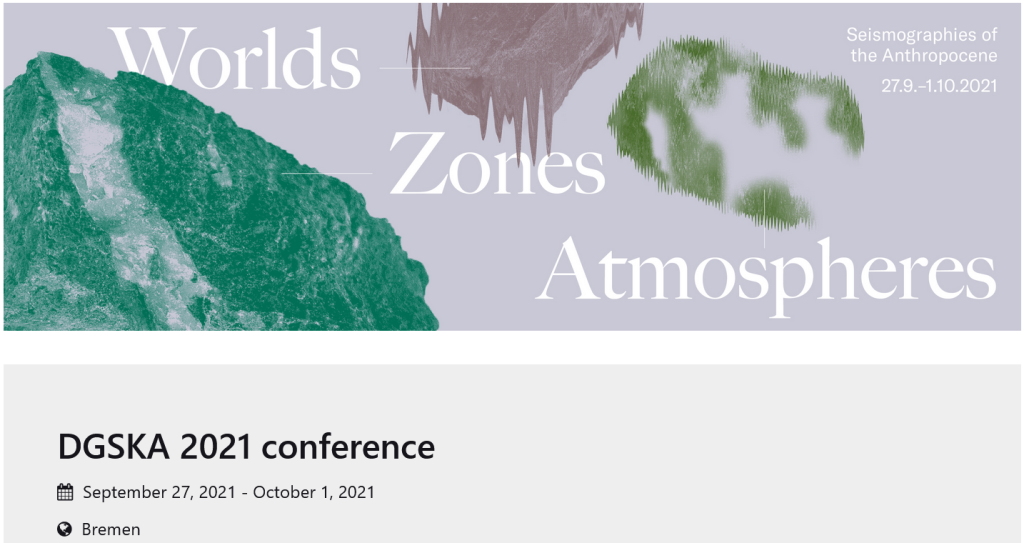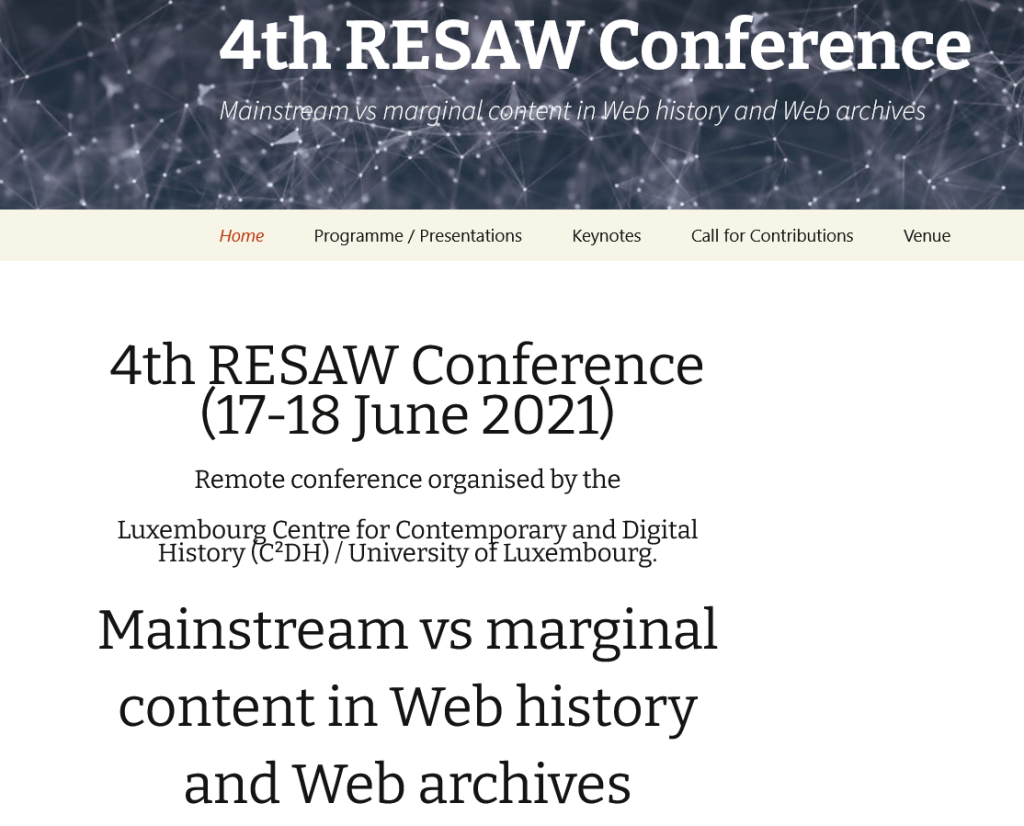Budka, P. (2021). Kultur- und sozialanthropologische Perspektiven auf digital-visuelle Praktiken. Das Fallbeispiel einer indigenen Online-Umgebung im nordwestlichen Ontario, Kanada (Anthropological perspectives on digital-visual practices). In R. Breckner, K. Liebhart & M. Pohn-Lauggas (Eds.), Sozialwissenschaftliche Analysen von Bild- und Medienwelten (pp. 109-132). Berlin: De Gruyter Oldenbourg. https://doi.org/10.1515/9783110613681-005
Abstract
In times of increasing digitalization, it is of particular interest for anthropology to understand how people in different societies integrate digital media and technologies, internet-based devices and services or software, and digital platforms, into their lives. The digital practices observed here are closely related to emergent forms of visual communication and representation, which need to be described and interpreted through ethnographic analysis, careful contextualization, and systematic comparison.
This paper discusses aspects of digital-visual culture through a case study of the online environment MyKnet.org, operated exclusively for First Nations between 1998 and 2019 in the remote communities of Northwestern Ontario, Canada, by the Indigenous internet organization Keewaytinook Okimakanak Kuhkenah Network (KO-KNET).
The analytical framework is a practice theory approach linked to ethnographic fieldwork, historical contextualization, and cultural and diachronic comparison. The creation, distribution and sharing of digital images, collages and layouts for websites in MyKnet.org can thus be described, analyzed and interpreted in relation to the phenomenon of hip hop and the associated fan art, as well as the digital biographies of users.
These digital-visual practices are closely connected to individual and collective forms of representation, as well as the maintenance of social relationships across larger distances, and thus also to the construction, negotiation and change of digital identity. They point not only to the global significance of visual communication, representation and culture, but also to the locally specific relationships that people maintain with online environments and digital platforms.



